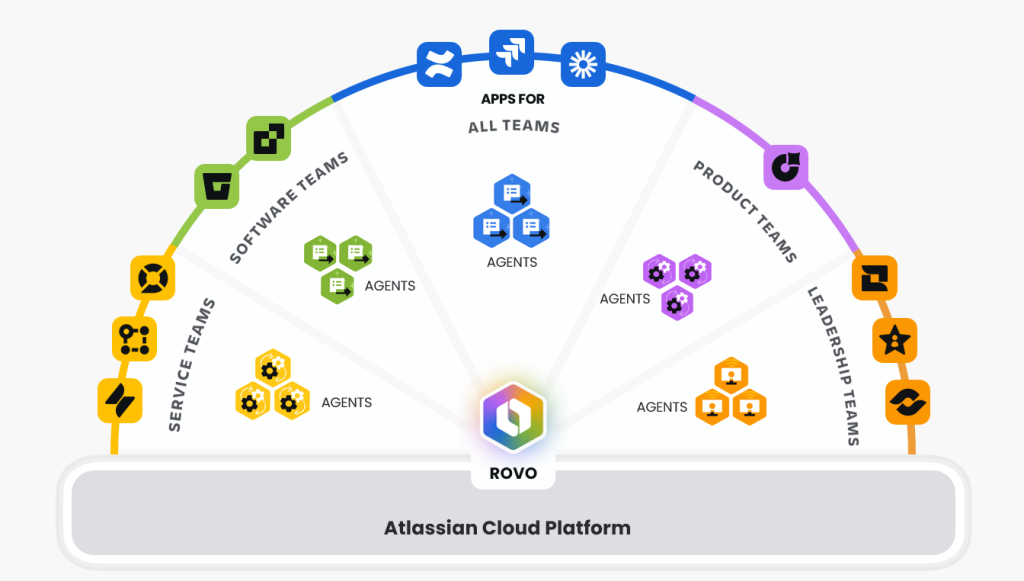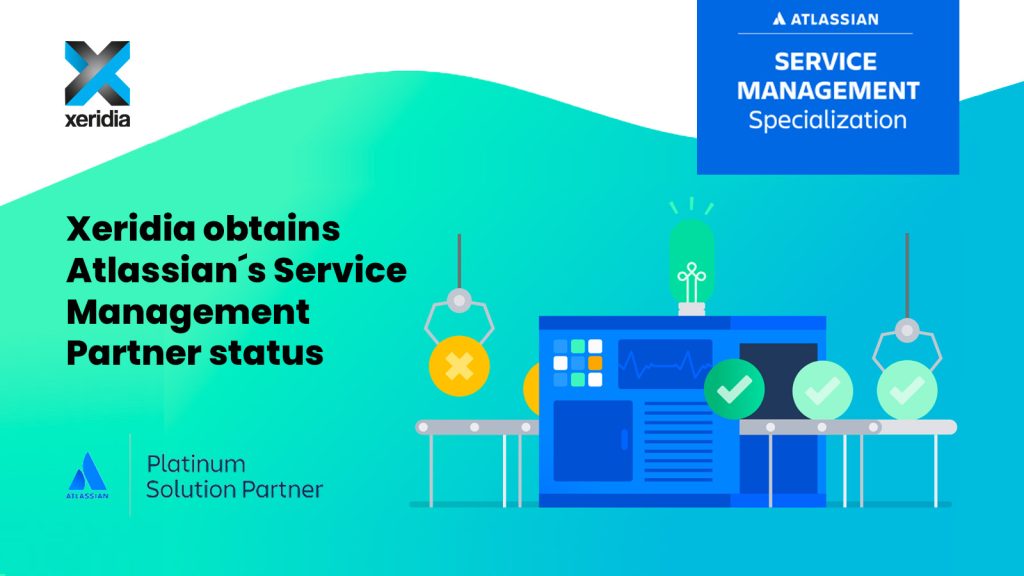NOTES BASED ON ACTUAL EXPERIENCE ON DEMAND MANAGEMENT, AWAY FROM AN ACADEMIC VIEW OF THIS
According to our editorial calendar, this article was not due to be published until later on in this series of articles on IT Demand Management, in a few weeks’ time. However, Agile methods now play such an important part in IT delivery that I felt it appropriate to open the series by asking the following:
How does traditional IT Demand Management fit in the world of Agile tools and methodologies, so heavily used for IT project management (SCRUM)? Indeed, is formal IT Demand Management still as necessary in these environments?
I will explore this second question in the near future, but in this article I will talk about a leaner, more efficient IT Demand Management – what in Xeridia we call “Agile Demand Management”. I will try to avoid introducing new terminology and not cast any doubt on the need to adopt demand-driven methodologies, when the demand for IT services outstrips available resource or when we simply want to optimise use of that (extremely valuable and finite) resource.
There are many sources of information that document in some detail the evolution of the use of Agile methods and tools in software development. For this article, it is sufficient to summarise the key steps on the journey so far:
There is a broad set of questions that help determine the need and the form of IT Demand Management within an organisation, which fall into two main categories:
- The participation by all stakeholders involved in demand for IT services across the lifecycle – especially requesters and management.
- The quality and availability of the information used to manage the demand.
And Agile approaches can help in both of these areas, since the relevant practices directly address the participation of all stakeholders in the process and also drive the full description of the information required to ensure successful execution. As the primary stakeholder, the Product Owner is guardian and communicator of the vision of the business’ need – his/her direct and continuous engagement is key to ensuring the right prioritisation to deliver business value (ROI).
“The Scrum Product Owner takes responsibility of representing the business itself and the user community — their presence is key to ensuring the plan delivers Return of Investment for the business“
Improvement in the quality of management information is greatly dependent on the tools used and how well they are integrated with other IT systems. In this regard, it is crucial that those tools fully support the methodologies being used —whether adaptive (agile) or predictive (waterfall) — so as to avoid the lack of integration from being a continual problem in measuring the value being delivered to the business.
However, when IT projects are delivered following Agile methodologies, overall visibility and strategic planning are recurring challenges. I am used have full traceability of upcoming work for the following weeks or months but only a ball-park estimate of the overall effort to complete the project, which is what true demand management really requires.
In these situations, what are the associated risks and how can we solve them? In practice, there are two main risks — and both are relatively easy to solve:
- Methodology risk
Project managers might always rely on Agile methodologies when predictive ones would be better suited — such as when customer requirements are stable, the product won´t require any modifications, or the system is supercritical.
The same is true if the organization has not fully embraced Agile technologies — perhaps because the staff have mainly junior profiles, the business works in a vertical market, IT deveopment projects are highly process-oriented and so on.
In both cases mitigating risk is straightforward: a brief analysis should be made during the planning of each project to determine, based on agreed criteria, the most appropriate methodology to be adopted.
- Estimation risk
For Agile-oriented organisations, having an accurate long-term estimation of the project is less of a priority, as regular (weekly) tracking is on delivery of business requirements and ROI (“burn down”), with estimates updated at each review point.
Knowing that deviations will be detected early, is ball-park estimate for the overall project enough? In my opinion, based on years of personal experience,such estimates are much more accurate than “millimetric” ones, since one of the main causes of variations is control over the assignment of technical specialists at precise points in the lifecycle of larger projects .
Furthermore, predictive methodologies have an efficient mechanism for managing scope change, which is applied as and when needed to adjust planning and execution variations. This mechanism can also be applied in adaptive developments for reviewing and approving deviations that are over a certain size.
Our view is that IT demand management is well suited to Agile development methodologies , with no adaptations or additional roles necessary. In fact, Agile can make Demand Management more efficient, depending on the project and the organisation. What is most important is the implementation of suitable processes, as well as having tools which allow appropriate management of projects developed using either methodology type, whilst providing in-time and detailed information.
Xeridia has worked extensively in projects using Agile methodology (SCRUM), many reliant Atlassian Jira and Confluence technologies. As a result, Xeridia has developed its own
Agile Demand Management approach, as well as optimised project management. See our
IT Demand Management Services for more information.
Avelino Carrizo is Head of Financial Services Consulting at Xeridia







